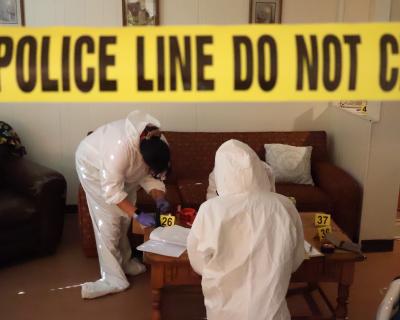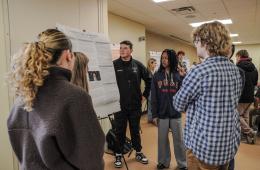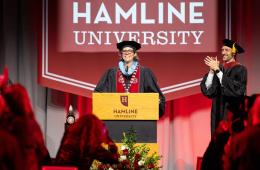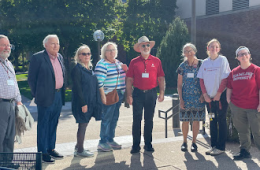Image
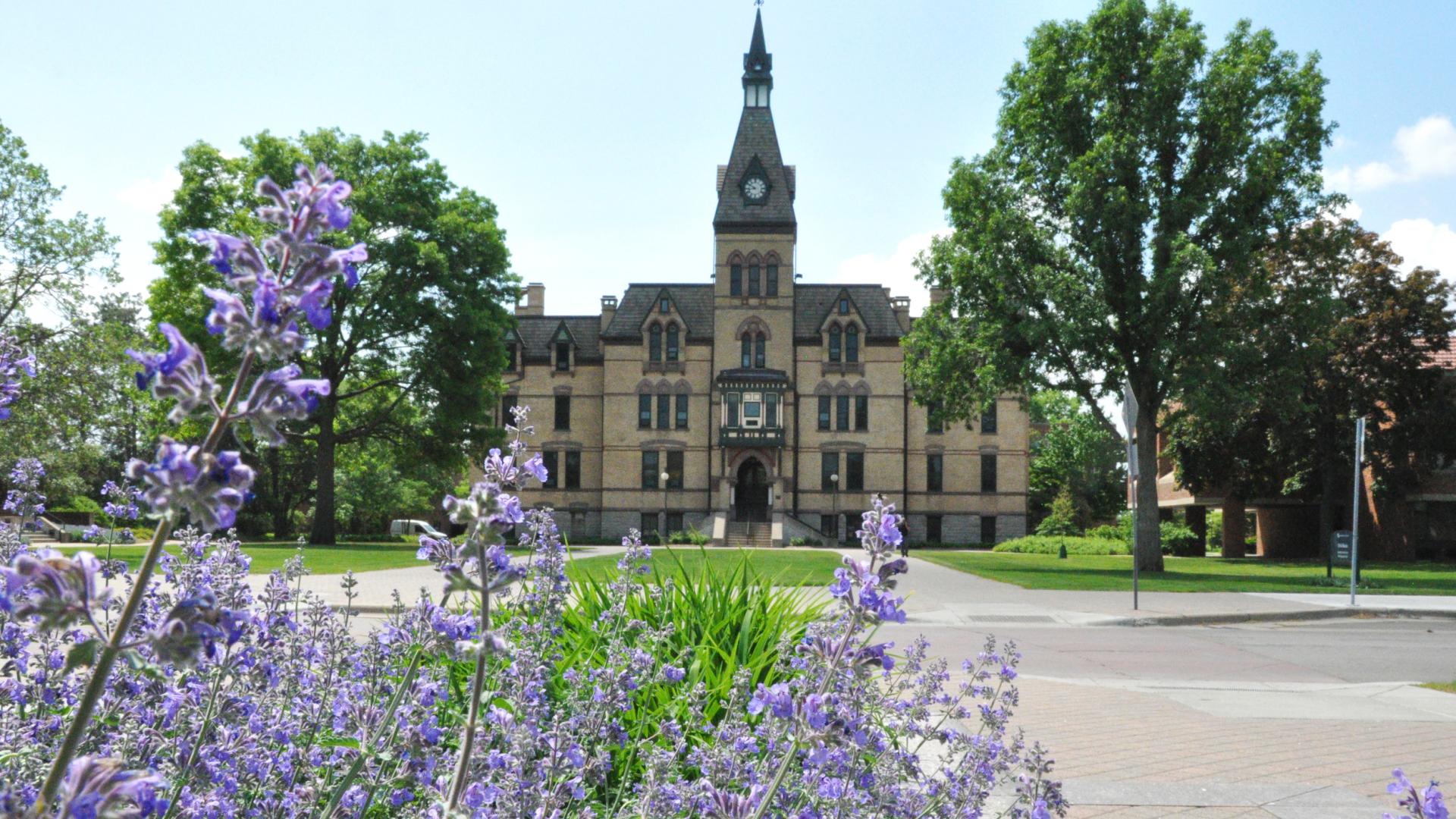
Hamline Newsroom
Office of Marketing & Communications
Discover what's happening in the Hamline community
Explore the Newsroom from Hamline University's Office of Communications. Read our top stories and learn about how the Hamline community takes the lead.
